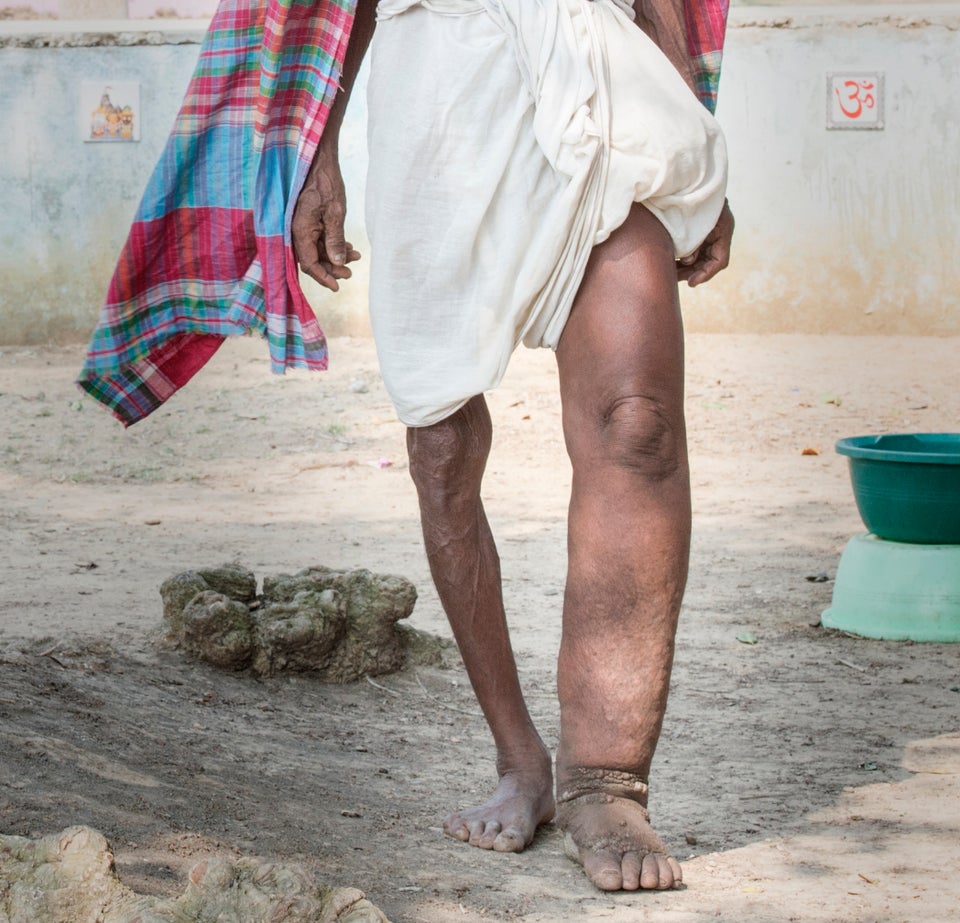This article is part of HuffPost’s Project Zero campaign, a yearlong series on neglected tropical diseases and efforts to fight them.
British artist Emma Harrison moved to Myanmar at age 25 to start a furniture business in 2014. Inspired by the country’s art and culture, she planned to combine contemporary design with traditional wood carvings.
Instead, a single mosquito bite ― one that she did not even notice ― changed the course of her life.
“I woke up in the middle of the night as if my body was burning from inside,” Harrison recalled, describing lying in a London hospital bed a week after she first fell ill.
“I lost all sensations, I could not move my hands and arms. I was terrified,” she said. “Nobody had warned me that this was coming; it was totally unexpected.”
Harrison had contracted the most dangerous form of dengue, known as hemorrhagic fever. Dengue ― including its milder, flu-like forms ― is one the fastest-growing infectious diseases in the world, and Southeast Asia has been particularly hard-hit by dengue hemorrhagic fever. Despite the scope of the problem, the disease receives relatively little attention, and patients have no specific treatment options.
Scientists and the global health community are racing to raise awareness and develop effective medicines, but they haven’t kept up with the virus’ expansion, meaning extreme cases like Harrison’s could become more common.
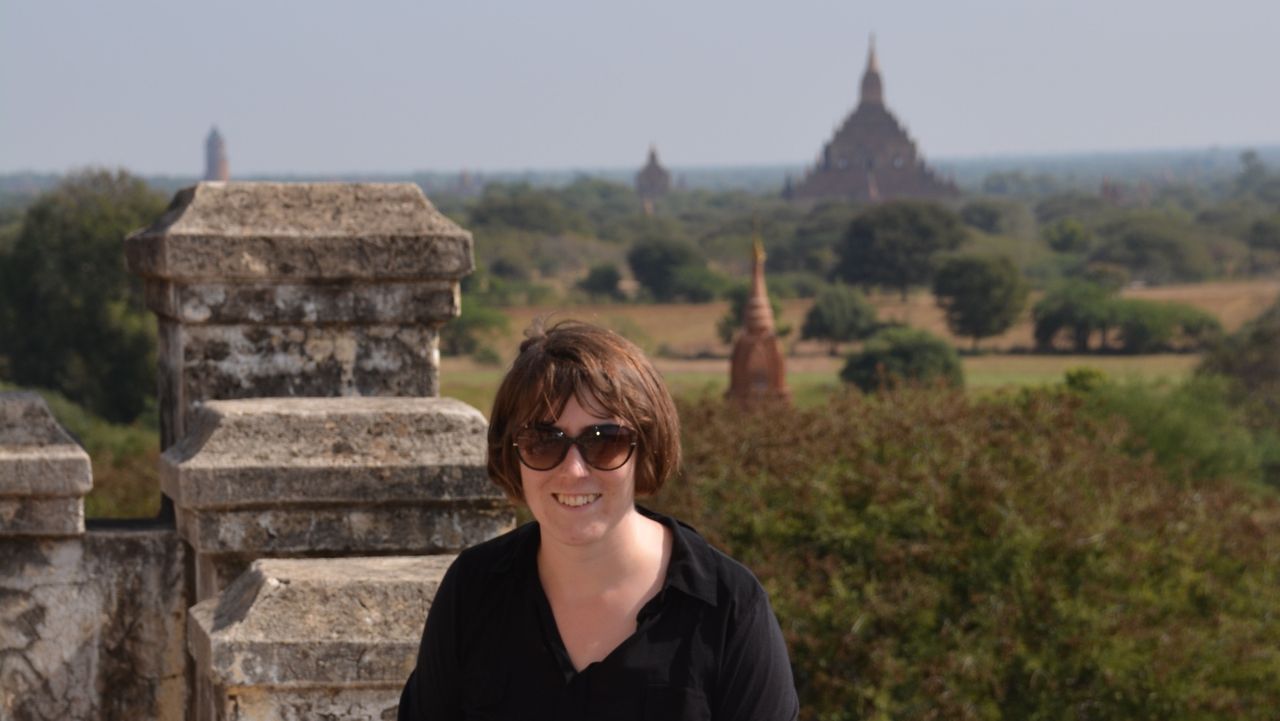
Nearly two years after developing dengue in September 2015, Harrison is still suffering the consequences of near-total paralysis. She can barely hold a pen and is only just beginning to write again ― trembling, slowly ― after months of rehabilitation. She limps and wears braces on both hands and a knee.
“I don’t even remember scratching a bite,” she said. “I was trying to take precautions like wearing long sleeves and natural repellent.”
“I had a high temperature,” she recalled of her earliest symptom. “I went to the doctor [in Myanmar] only because my flatmates insisted. He looked at me and immediately said, ‘I think it’s dengue.’ The doctor also noticed I had a rash and my mouth was bleeding, all warning signs that a hemorrhagic fever was mounting.”
Harrison was warned that her condition could suddenly degenerate, and if that happened, she would need blood transfusions. Doctors planned to evacuate her to more modern medical facilities in Thailand. But she was concerned about the lower vigilance standards for transfusions in the region and wanted to be with her family, so she decided to fly back to the United Kingdom the day after seeing the doctor in Yangon, Myanmar.
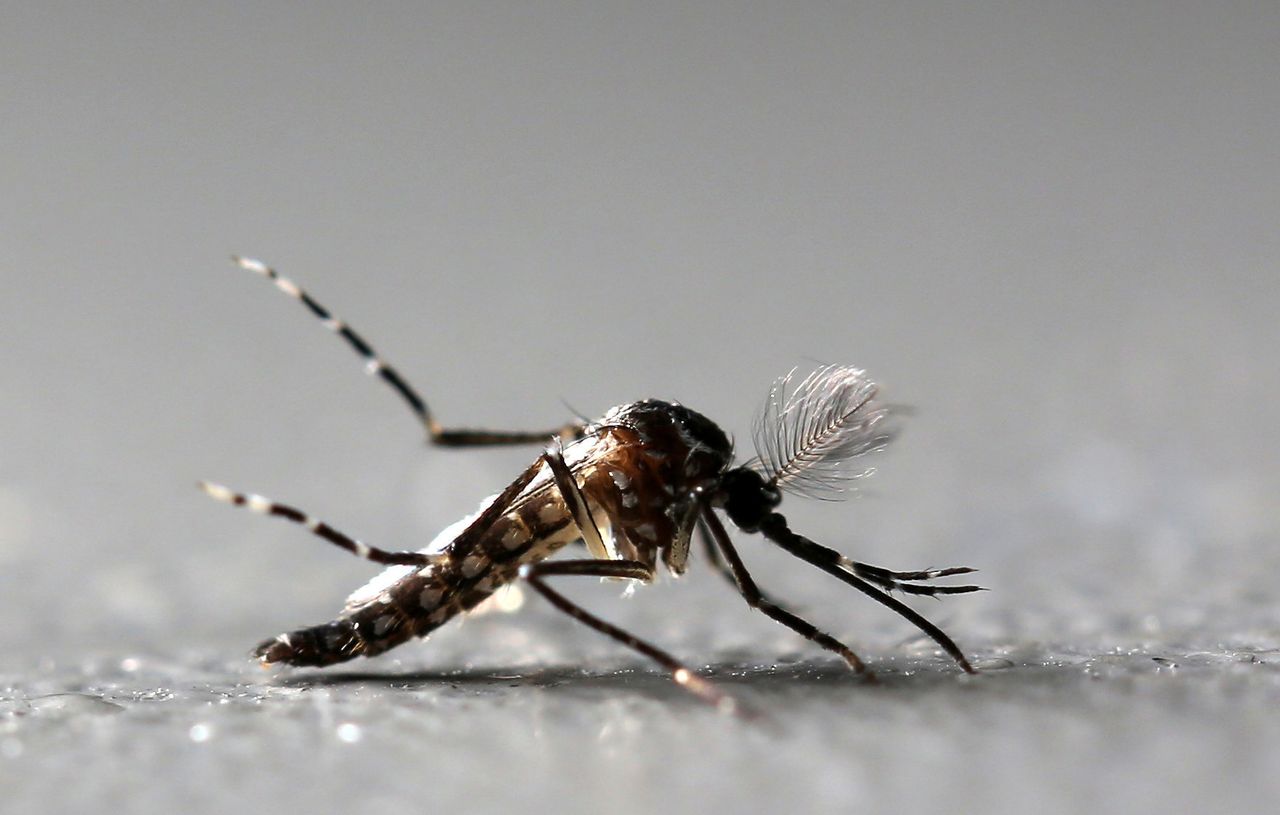
Dengue is a tropical and subtropical viral infection that, in most cases, is caused by the mosquito Aedes aegypti, the same insect that can spread Zika virus and yellow fever. The disease is endemic in over 100 countries, and the World Health Organization estimates that half the world’s population is at risk. The Aedes aegypti mosquito survives well in cities and likes to bite during the day.
Worldwide, there may be as many as 390 million new infections per year. Most people either don’t have symptoms of dengue and don’t know they are infected, or don’t reach out to medical facilities. Severe dengue, meanwhile, sends half a million people to the hospital and causes 20,000 deaths per year.
In Southeast Asia, dengue is a leading cause of death for children and has reportedly killed nearly 7,000 people between 2011 and 2015 ― more than malaria did in the same period. The number of cases across the region more than doubled in five years to 490,000 in 2016, while deaths surged by 35 percent last year alone, the WHO told HuffPost.
There are four strains of dengue, two of which are more likely to lead to severe dengue. Falling ill gives you future immunity against the type of dengue you originally contracted, but doesn’t prevent you from getting another form of dengue in the future.
Symptoms of the milder forms of dengue include a high temperature, aching joints, stomach problems and extreme tiredness. These can resolve quickly, but increase the risk of dengue hitting harder a second time.
As the body develops resistance to other types of dengue, the risk of hemorrhagic fever increases. Unlike malaria and despite scientists’ ongoing efforts, a cure is yet to be discovered. The only treatment involves addressing symptoms like fever. There’s a preventive vaccine, but it’s only available in a few countries and isn’t effective ― or even recommended ― for everyone.
Early detection of the disease can save patients if they have access to medical care, but many people, especially in poorer countries, do not.
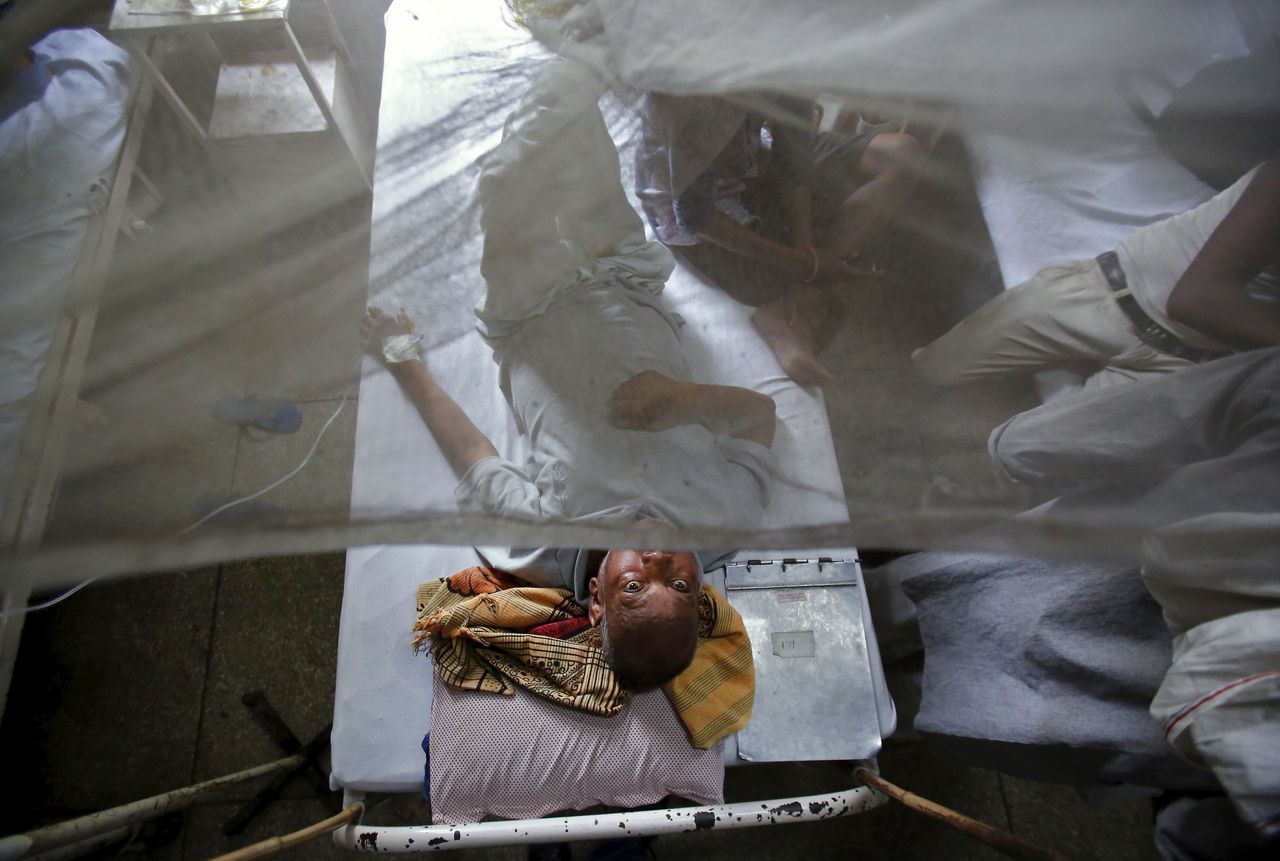
The severe hemorrhagic fever Harrison contracted can cause dengue shock syndrome and circulatory failure, and can kill within 24 hours. Harrison’s hemorrhage received timely treatment, and she survived.
But complications, though rare, can also affect the central nervous system.
Harrison started bleeding internally, which caused her spine to swell and led to a secondary infection that developed into transverse myelitis ― an inflammation of the spinal cord that can cause neurological effects and paralysis.
The past two years have been a painful odyssey for her. Home in England, Harrison sought treatment from specialists at a tropical disease clinic. They struggled to identify her paralysis as a rare complication of dengue, partly because the disease is practically nonexistent in Western Europe and most patients get treatment in the country where they’re infected. Doctors in the U.K. told Harrison the paralysis “would go.” But it didn’t.
“Lifting an arm was as tiring as running up a staircase,” she said. “I suddenly found myself needing help to bring food to my mouth or take a shower. There’ve been moments when I thought I would never go back to my art. And I hadn’t even heard of dengue before moving to Asia.”
With a surge in the number of dengue cases reported in Southeast Asia, the WHO is working with countries there to estimate the real incidence of the often underreported disease.
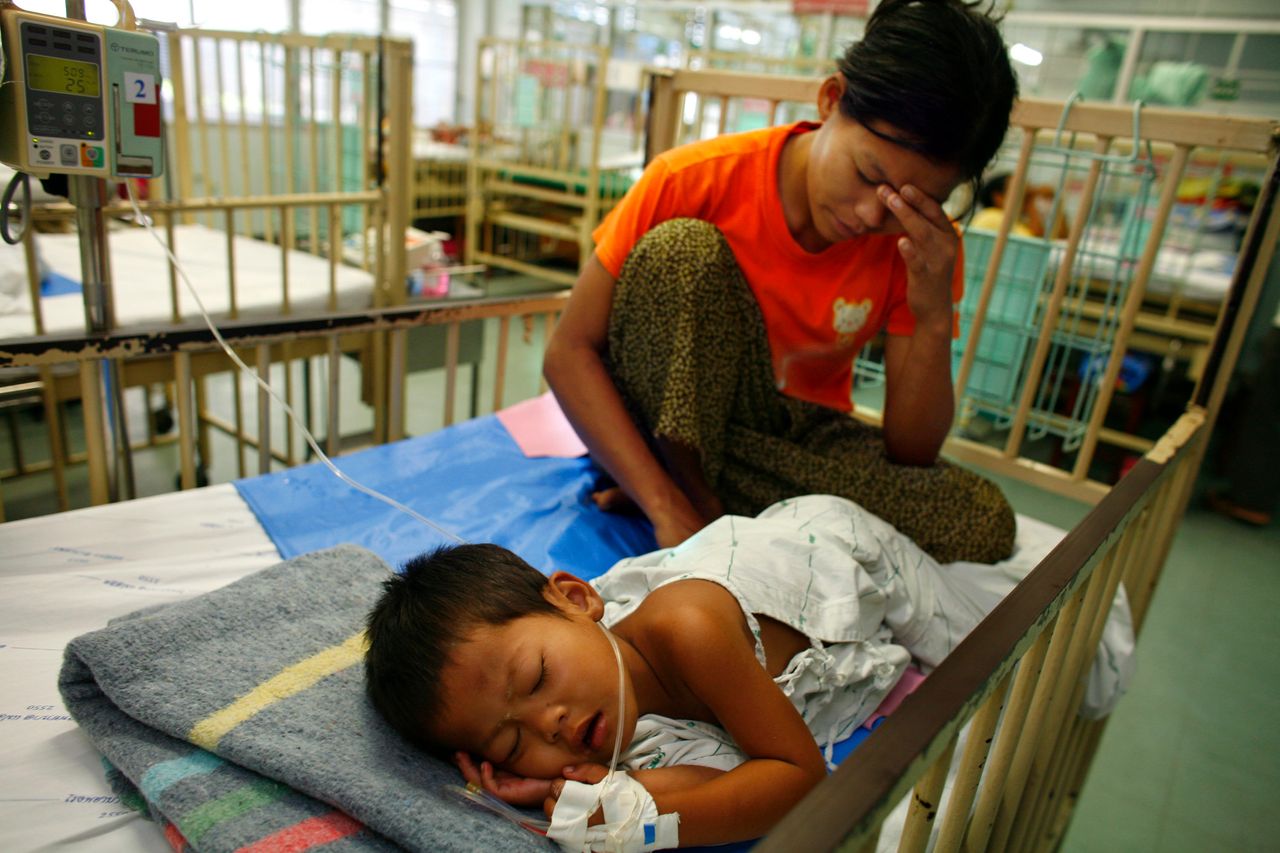
Dengue’s spread across the globe is fueled by the advance of its mosquito carrier, abetted by poor water conservation, people moving more frequently and populations exploding in many urban areas.
Research indicates that 60 percent of people with dengue are carrying and potentially spreading the virus but do not show symptoms themselves, said Dr. Mohammad Jamsheed, WHO’s Southeast Asia adviser for neglected tropical diseases.
In Laos, which borders Myanmar, dengue has already reached epidemic levels this year in the capital, Vientiane, according to WHO Laos. In Luang Prabang, a popular destination for tourists in the country’s north, the breathtaking ancient temples set amid lush greenery distract from this country’s growing dengue problem.
Like many others in the city, Keo, who owns a shop on the city’s high street selling elaborately embroidered local textiles, described his personal experience with dengue: “It was unlike anything I had experienced before, I felt exhausted for weeks. My wife and daughter had it too, but it was much lighter.”

At Luang Prabang Provincial Hospital, busy medical personnel have been readying for a rush of dengue cases, which typically occur during the rainy season of May to September.
“We are equipped for it,” said a doctor on duty. “But the problem is that people often come to the hospital when it’s already too late.”
“Having basic health infrastructure with adequate facilities and trained health professionals is crucial for disease management,” said the WHO’s Jamsheed. “Patients, including children, with severe forms of dengue in rural settings would be at a higher risk of dying if such facilities are not available.”
Unlike leprosy or river blindness, dengue is not only an underreported tropical disease of the poor. Thailand was stunned last year after one of its most popular actors, Tridsadee “Por” Sahawong, died from dengue at the age of 37 after two months in a coma.
“His death increased awareness,” said Dr. On-umar Banpamai, a specialist at Bangkok’s private Samitivej Hospital, one of the few in Thailand that provides the only available and successfully trialed vaccine against dengue, which still offers only partial immunity against the virus.
“I had this vaccination and so did my sons, as this street has one of the highest rate of dengue in the whole of the country,” she said, referring to an elegant street in the wealthy Sukhumvit district in central Bangkok.
“We are going to see how effective it is in coming years,” she added.

Pharmaceutical company Sanofi Pasteur produced the dengue vaccine, which Mexico authorized for use in 2015. By the following year, 10 countries in Latin America and Asia had approved it. The vaccine has not yet been approved in Myanmar or Laos, however.
While this is an important step forward, the vaccine only prevents an estimated 60 percent of cases and is only recommended for people between 9 and 45 years old. And, for many of the most vulnerable, it comes at a steep price: $260 for three doses.
A study published in the journal Science suggests that the vaccine could actually cause more harm than good in areas with a low rate of dengue, increasing the incidence of more severe secondary infections.
The WHO recommends that governments carry out dengue prevalence surveys and consider introducing the vaccine in high-risk areas. The goal is to reduce dengue infections by at least 25 percent and mortality by at least 50 percent by 2020. At least five additional possible vaccines are under development, including one using DNA technology.
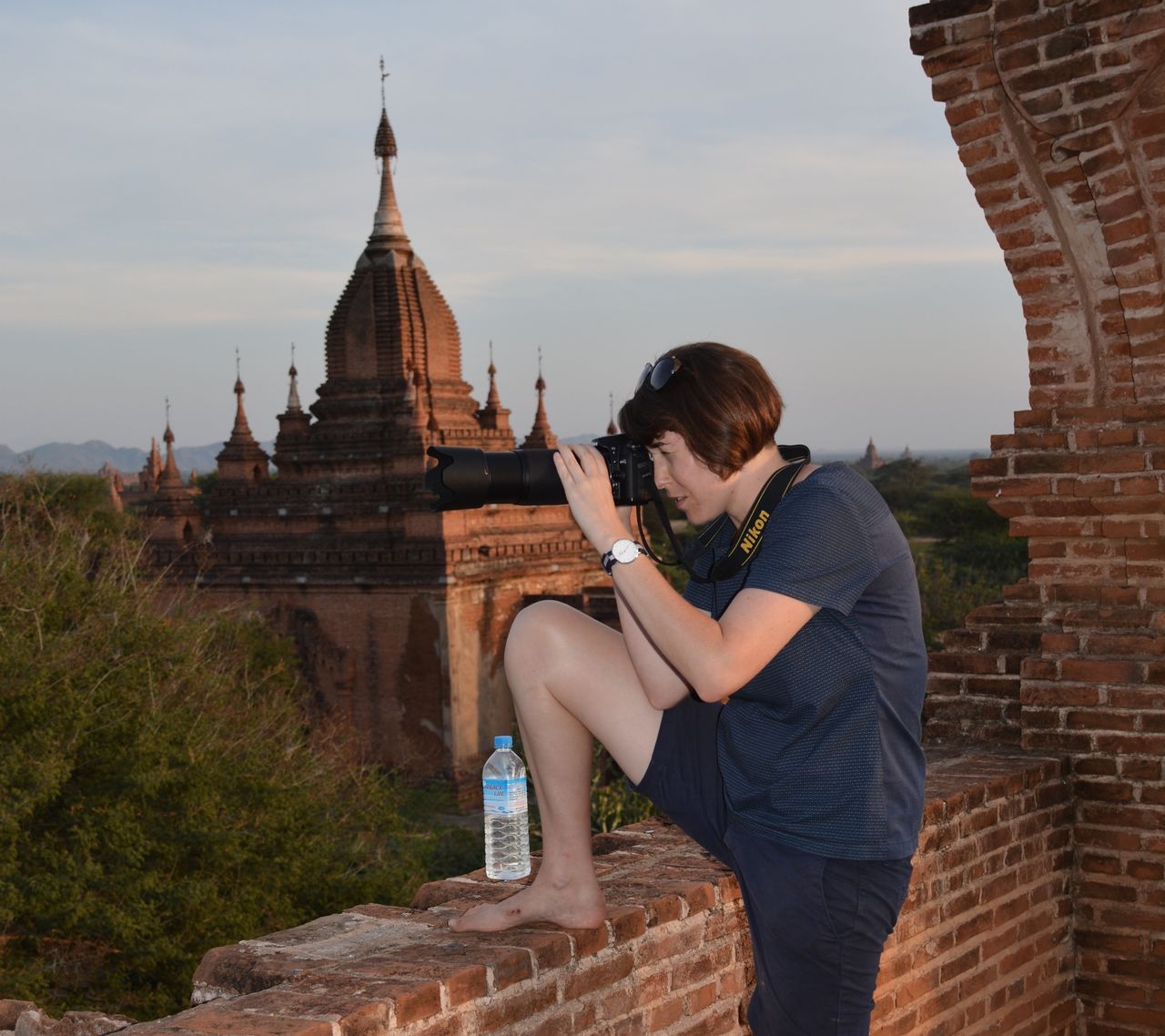
The Sanofi vaccine is not recommended for tourists, but rather for people living in endemic areas. It is more effective for those who have already had dengue.
This is encouraging news for Harrison, who hopes to move back to Asia someday.
Her condition has improved under a specialized physiotherapist in Florida who has experience treating dengue survivors. Harrison found him by researching neurological rehabilitation and flew to the United States.
“Everything I was struggling with at home fell into place. He knew everything, exactly … I continue exercising at home and I have improved a lot. He has given me hope,” Harrison said.
Before she returns to Asia, she wants to develop a new project to support others suffering from dengue-related paralysis.
“I had to take responsibility myself in order to get better,” Harrison said. “Now I am trying to make a difference and set up a charity to help others in the same situation. People need the right information.”
This series is supported, in part, by funding from the Bill & Melinda Gates Foundation. All content is editorially independent, with no influence or input from the foundation. If you’d like to contribute a post to the series, send an email to ProjectZero@huffingtonpost.com. And follow the conversation on social media by using the hashtag #ProjectZero.

